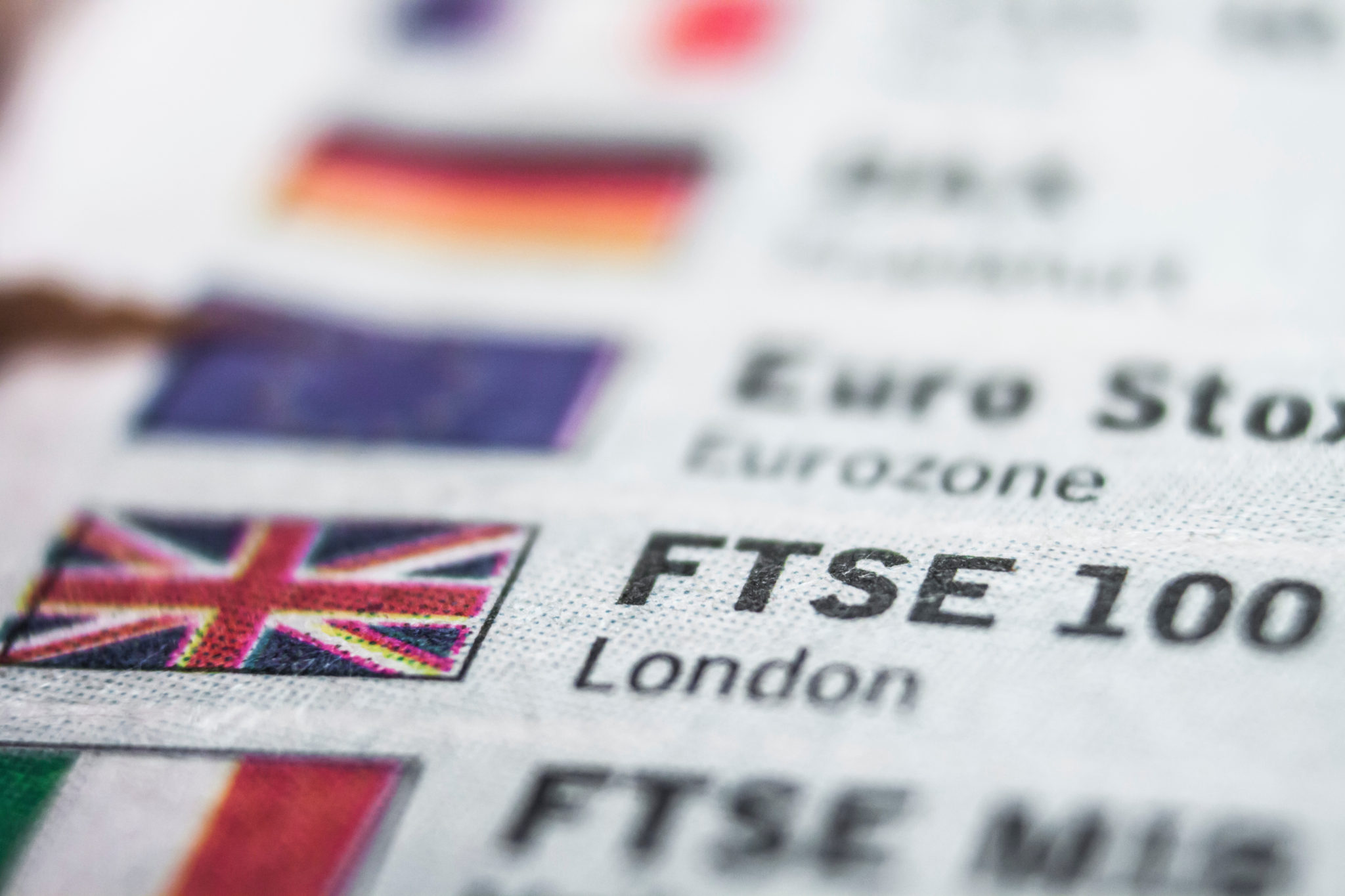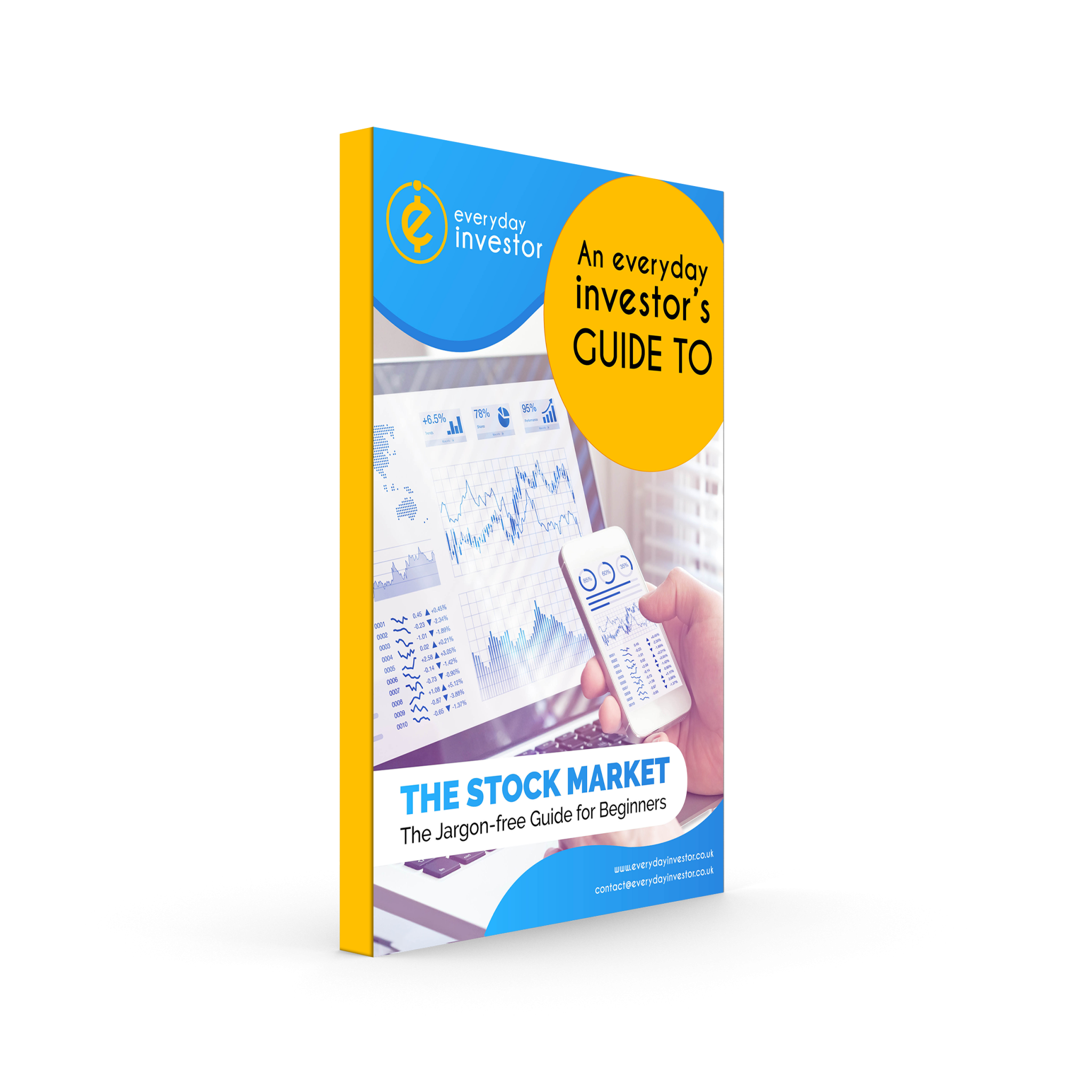The basic principles of the stock market
The stock market is the virtual world where people buy and sell shares in public limited companies (those companies who have “plc” after them name). A share represents a slice of ownership in the company. Companies issue shares on the stock market to raise money to fund their business and investors buy shares because they believe they will profit from the company doing well through, for example, the share price rising in value over time.
Historically shares were traded in paper form but in the modern day almost every transaction is completed electronically, making the process of buying and selling shares faster and more accessible. The main stock market exchange in the UK is called the London Stock Exchange, which provides access to the shares of thousands of companies.
The two different markets – Main Market vs. AIM
Now, we understand that this area can get quite confusing. However, fear not, we are here to help. Essentially, the London Stock Exchange operates two markets – the Main Market and the Alternative Investment Market (AIM).
Main Market
There are over 1000 companies from over 100 countries listed on the Main Market with a total share value (often referred to as market capitalisation) of just under £4 trillion. The range of companies whose shares are trading on the market is extremely diverse with companies from all different sectors spanning the globe. The market is highly regulated, placing strict requirements on companies to adhere to.
AIM
There is also the Alternative Investment Market (AIM). This market comprises smaller, growing companies, usually at a much earlier stage in their life than companies listed on the Main Market. Companies who list their shares on AIM are typically seeking capital (money) to help them grow their business. Similar to the Main Market, companies from a whole host of sectors are listed on AIM. There are approximately 850 companies listed with a total market value of over £100 billion. According to the London Stock Exchange it is the most successful growth market in the world.
What’s the difference between the different FTSE’s?
Within the London Stock Exchange there are various indexes (essentially categories), the make-up of which is determined by the total market value of a company’s shares. These indexes are called the FTSE (Financial Times Stock Exchange) indexes. The indexes are managed by FTSE Russell who are a subsidiary of the London Stock Exchange Group.
The primary FTSE indexes on the Main Market are:
- FTSE 100 — the largest 100 companies. Here you will find some extremely well-known names.
- FTSE 250 — the next tier down, so the 101st to the 350th largest companies.
- FTSE 350 – a combination of the FTSE 100 and FTSE 250 companies.
- FTSE SmallCap — the companies that meet the FTSE criteria but are too small to quality for the top 350.
- FTSE All Share— all the companies in the FTSE 100, FTSE 250 and FTSE Small Cap indexes.
- FTSE Fledgling – companies who are listed on the Main Market but are not large enough to qualify for the other indexes.
Keeping it simple. The stock market explained.
Remember, whilst it might appear complicated it doesn’t have to be. It all boils down to this. The stock market is the virtual marketplace where shares in a company are bought and sold. This is typically done online through a broker.
If you’re keen to learn more make sure you check out the rest of our website or grab a copy of our free Beginner’s Guide to Investing in the Stock Market.
All our content is provided for educational purposes only, to help you make your own decisions. We don’t provide personalised advice and therefore our content should not be considered an invitation, inducement or recommendation to engage in any particular investment activity. Please review our disclaimer and website terms for full details.








